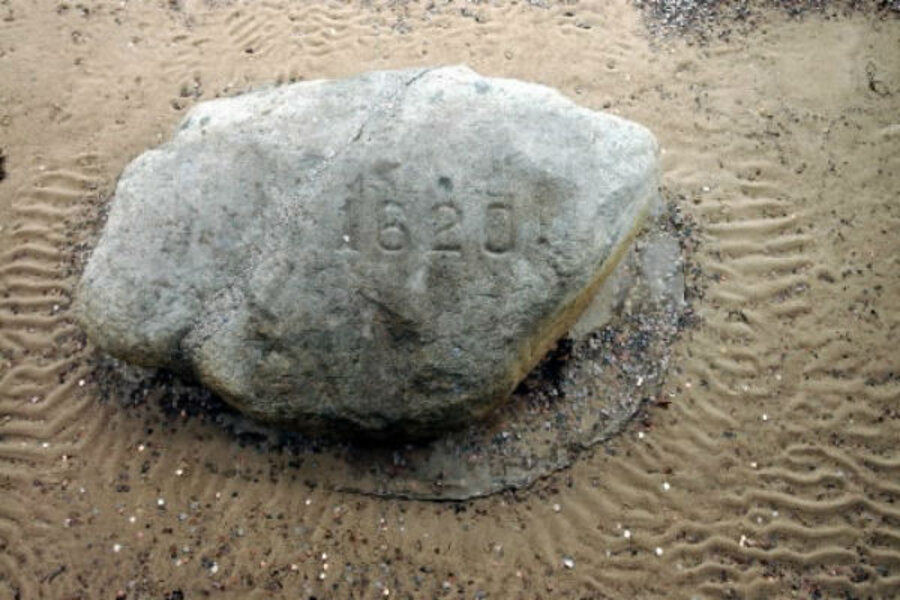This is the number of places and townships in the United States named Plymouth, as in Plymouth Rock, where the first Pilgrims landed. They named the town for the port in England from which the Mayflower sailed, located near the mouth of the River Plym. Plymouth, Minn., is the most populous in America, with 71,561 residents in 2011, according to the Census Bureau.
Plymouth, Mass., had 56,767 residents. There is just one township in the United States named Pilgrim. Located in Dade County, Mo.
Four places are named after the holiday’s traditional main course. They are Turkey Creek, La.; Turkey, Texas; Turkey, N.C.; and Turkey Creek, Ariz. In addition, 11 townships have Turkey in their names.






